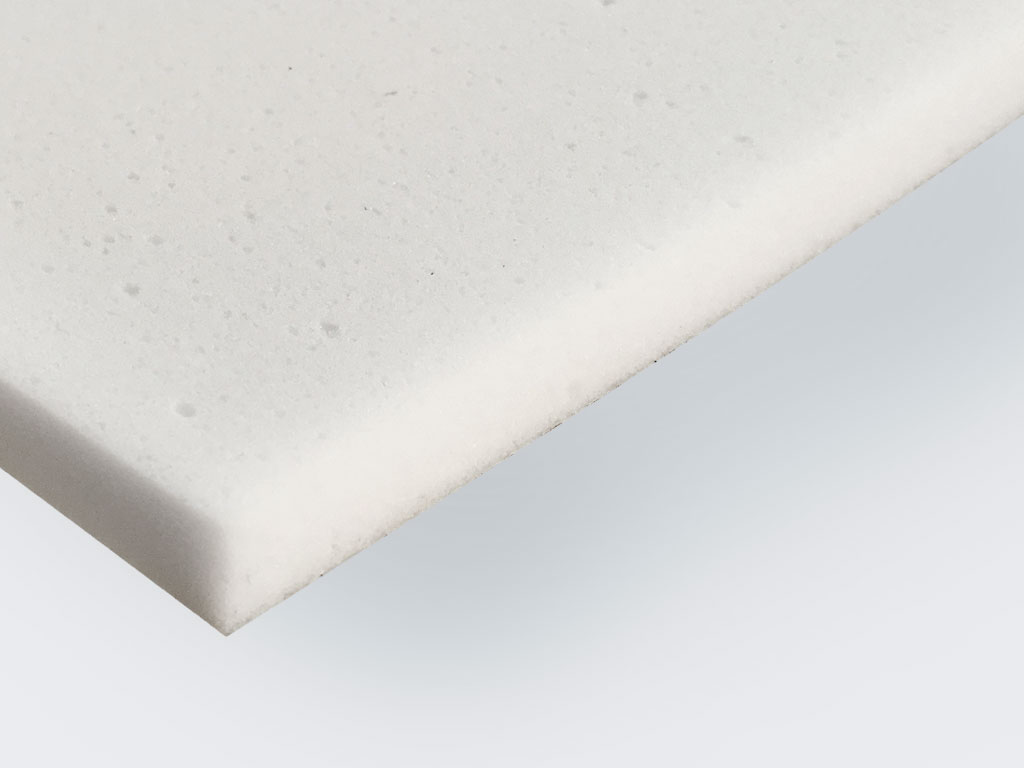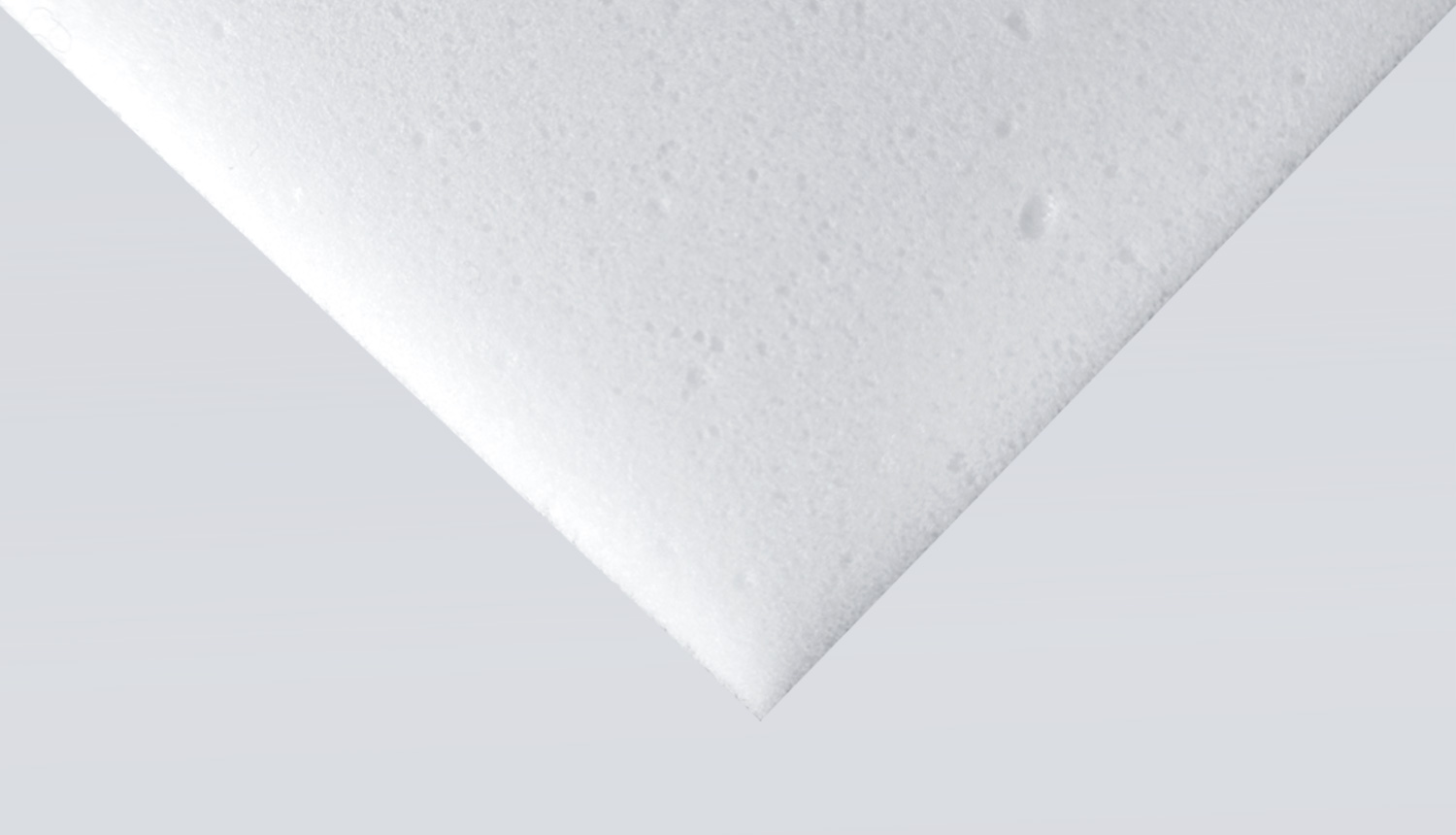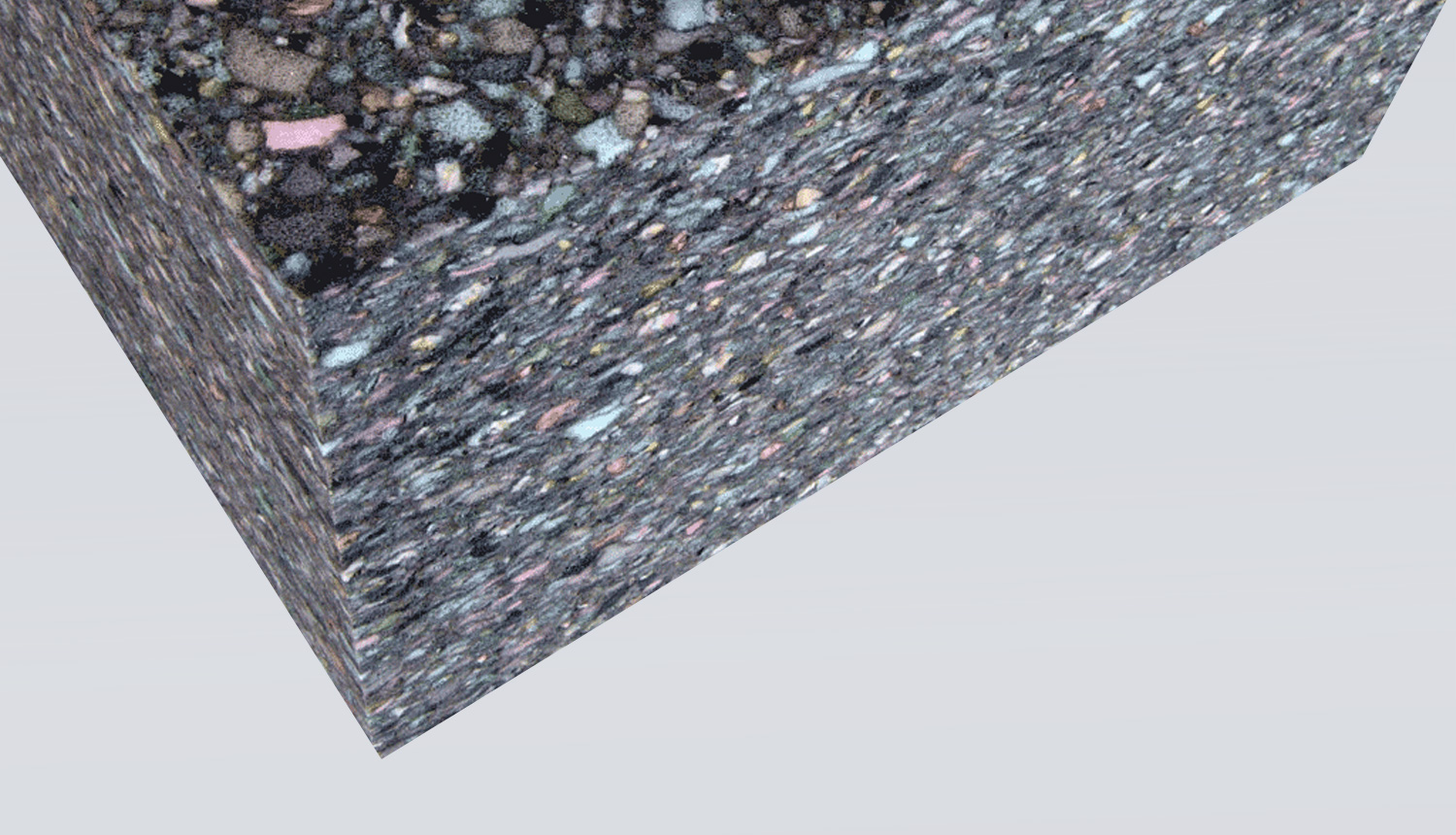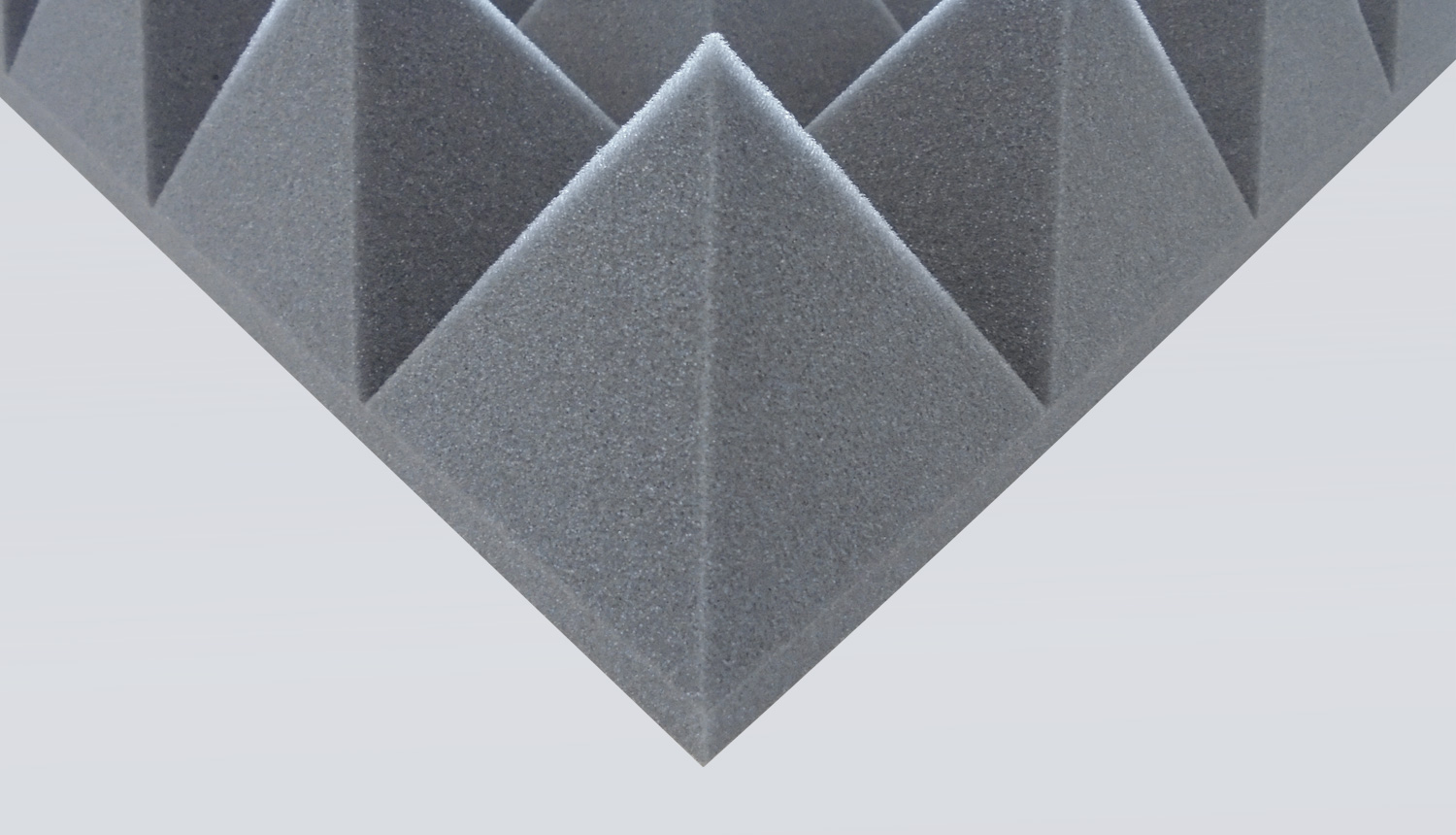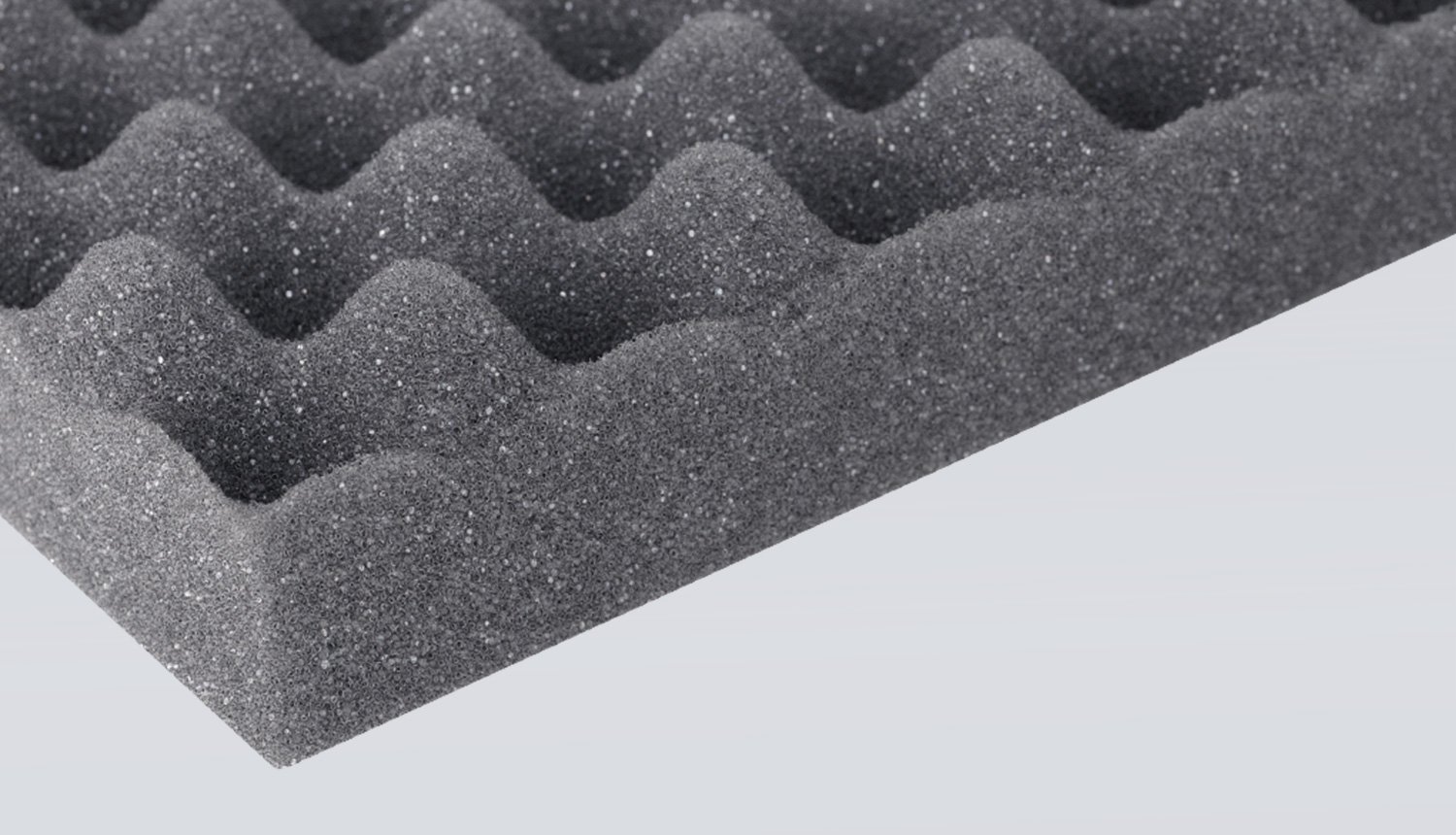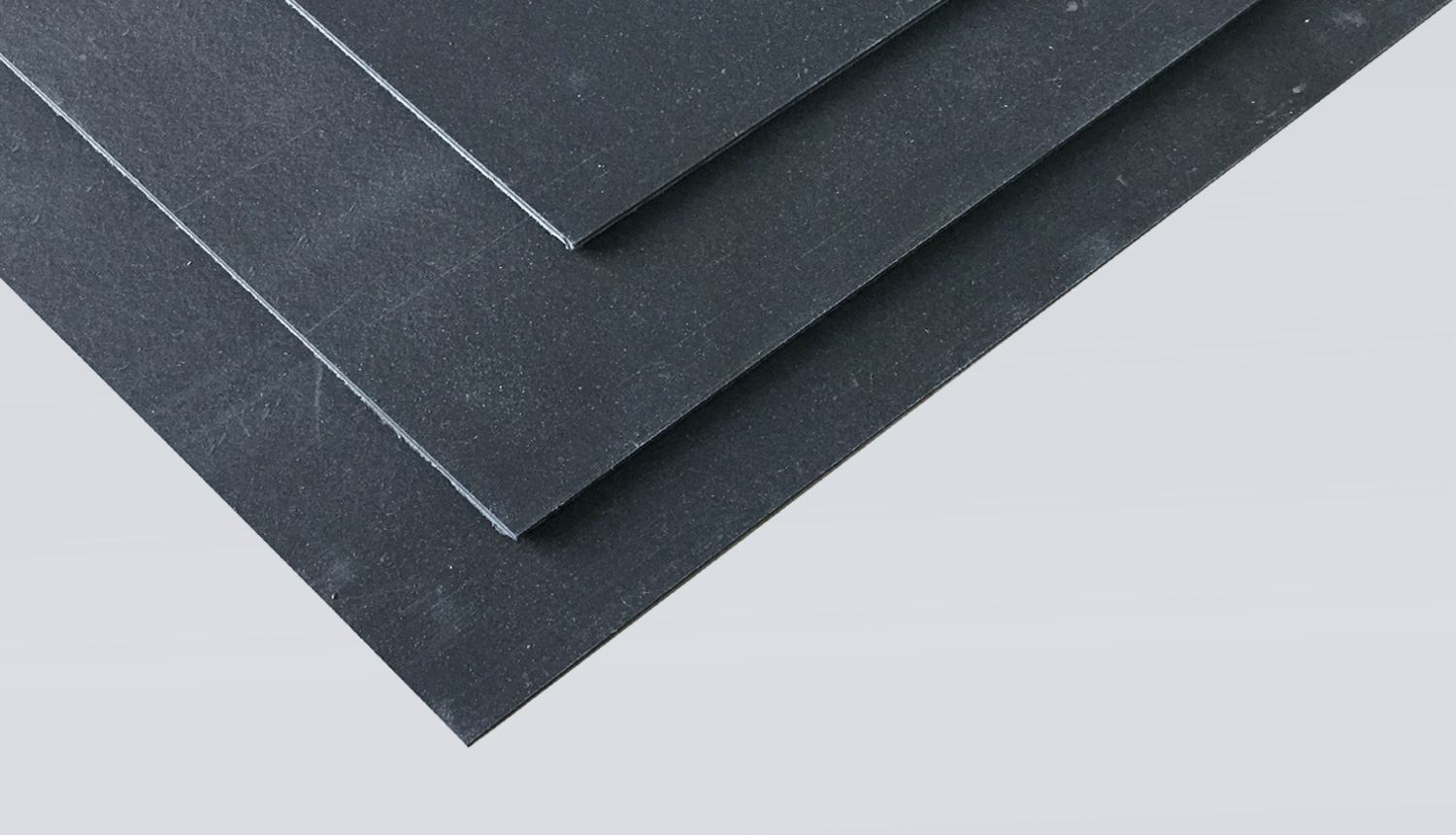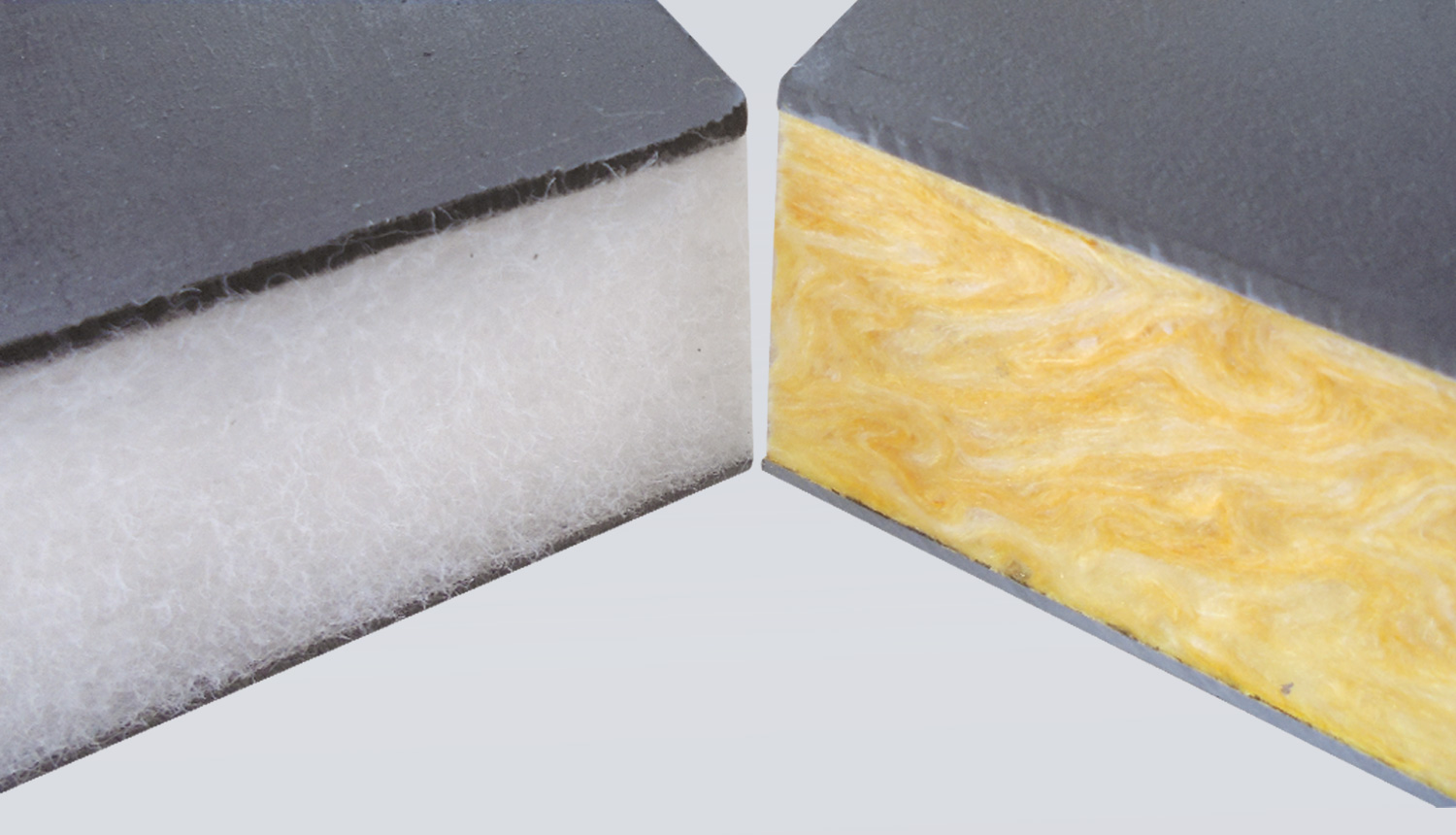Singing and speaker booths
Improve insulation and acoustics in vocal booths and speaker booths
The ideal sound insulation or perfect noise protection in the vocal booth, speaker's booth or recording booth can easily be achieved with foam. No matter whether you want to improve the acoustics in the cabin or whether you want to insulate sounds from the outside optimally, you will find the suitable materials with us.?
In the following we distinguish between two cases: The optimization of the acoustics in the speaker's booth, the vocal booth or the recording studio - i.e. the reduction of reverberation - as well as the insulation to the outside so that the adjacent rooms do not notice anything. Both cases require different materials, which are documented in detail in our online shop so that you can easily find the right acoustic foam. No matter if you use a normal studio or room or if you have already built a small cabin - in all cases you can reduce the reverb with the same measures and improve the recordings significantly. Since human voices or even music or musical instruments are involved, the reverberation can be easily reduced here. You need so-called open-pored, porous sound absorbers made of foam, into which the sound waves can penetrate and thereby be absorbed.
In principle, you can use any foam, but there are differences in quality, colour, shape and thickness. We would like to explain these points briefly so that you can choose the optimum foam for your project more easily. Since you are naturally in the voice booth or singing booth, a visually appealing sound insulation, in addition to sound absorption, is particularly important.
When choosing a colour, you should bear in mind that dark foams also absorb light - especially if you spend a long time in the booth, it makes sense to keep it light. Accordingly, white or light grey panels have advantages. The acoustic foams made of melamine foams Basotect? white B or light gray G+ also meet this criterion with regard to low flammability.
The thickness and shape are decisive for whether the foam is suitable or not. Thicker foams also absorb in the lower frequency range, while thinner mats mainly absorb in the medium and high frequency range. Thinner foams are 10 mm to 50 mm thick, thicker ones from 50 mm and above. The frequencies of interest for human voices are from 250Hz to approx. 900Hz - this frequency range can be damped very well by foams with thicknesses of 30 mm to 60 mm - this thickness is therefore usually also used in speaker booths.
In vocal booths the frequency spectrum is also considerably wider, depending on the type of singing. For low frequencies below 200Hz thicker foams can be used, with thicknesses of 70 mm and more.
In addition, the shape is decisive. Usually nubby foam or pyramid foam is used here, as these types of foam have good damping properties in the middle and high frequency range. Flat foams without profiles, such as flat acoustic foams made of Basotect? G+ melamine foams, also attenuate more in the lower range and also more broadband, i.e. more across all frequencies.
How much acoustic foam does amn need for a speech or vocal booth?
?The more you use, the more is absorbed. For example, if you line all walls and ceilings, the room is soundproof. If you record your voice or singing, you have a recording without any reverberation. However, most clients don't line everything and thereby leave a natural reverberation on the recordings or simply audible in the room itself.
If you don't want to have an anechoic room, we recommend that you completely line the ceiling and line some more strips or panels at head height in the room or in the booth. Thereby the sound insulation works directly where people speak or sing. In this area, our pyramid foams or nubbly foams between 30 mm - 60 mm panel thickness can be used.
In addition to improving the acoustics in the room itself, it is often also important that nothing is heard outside. For this purpose, the walls, ceilings and possibly also doors and even windows must be insulated. For a good sound insulation to the outside you need heavy and as thick as possible foam, so that the sound is really blocked out like e.g. PUR recycled foam.?
Frequently asked questions (FAQ)
Basotec? melamine foam has the BKZ 5.2 (hardly inflammable with medium smoke formation)


